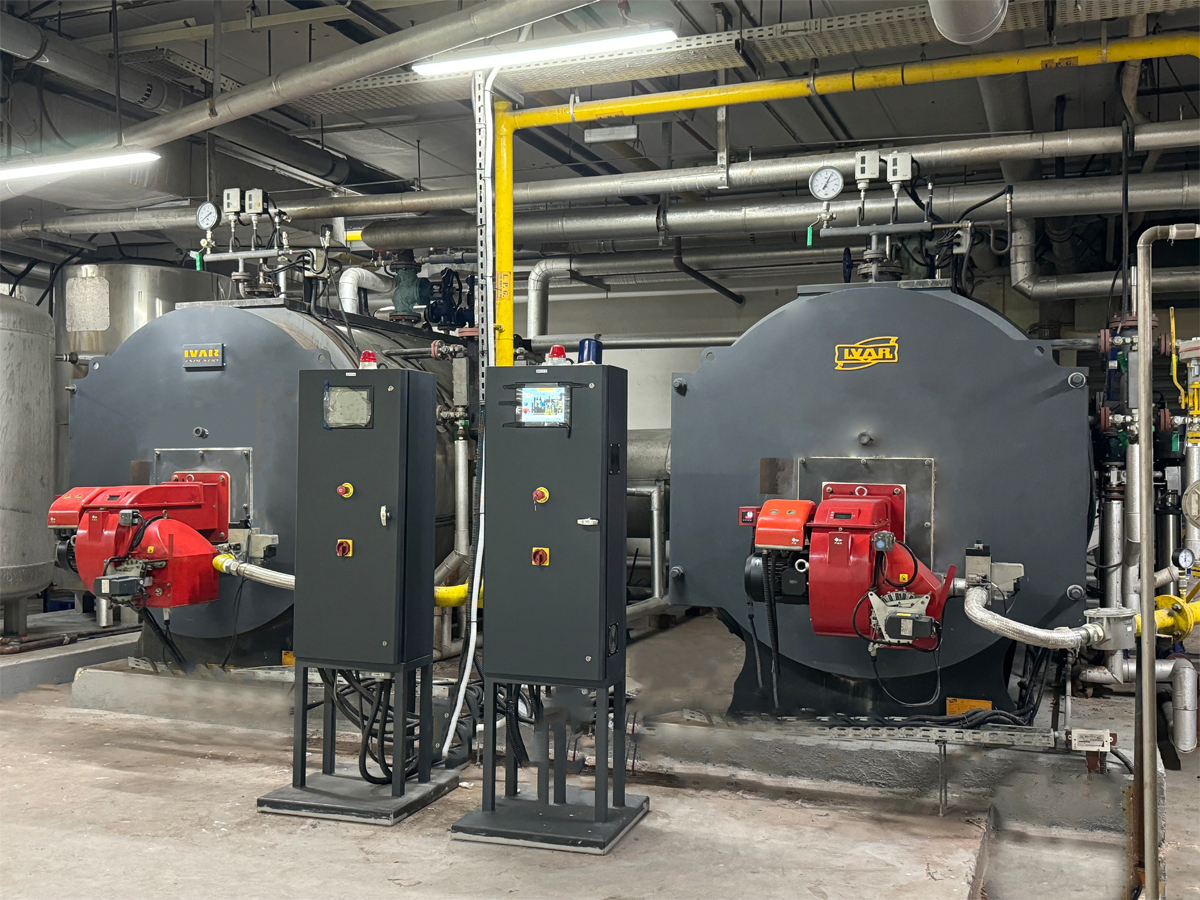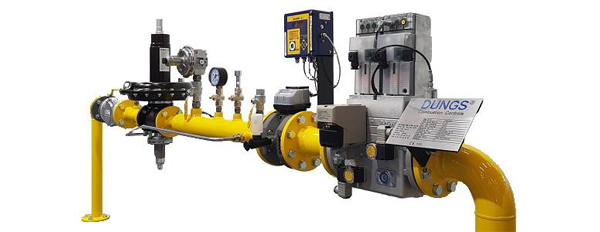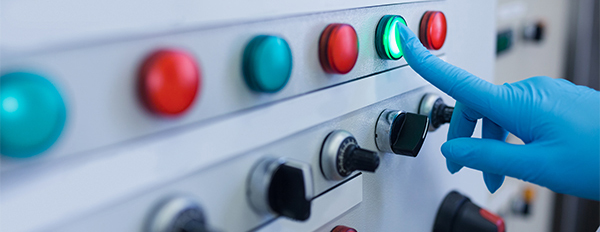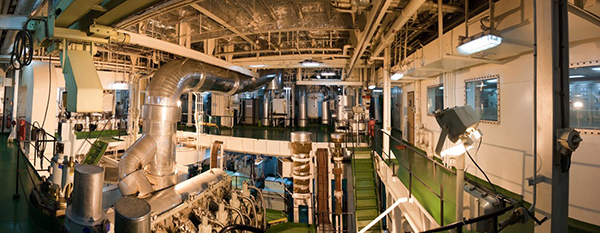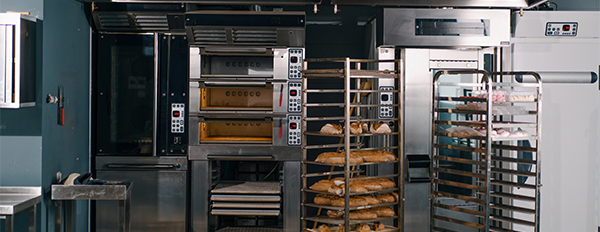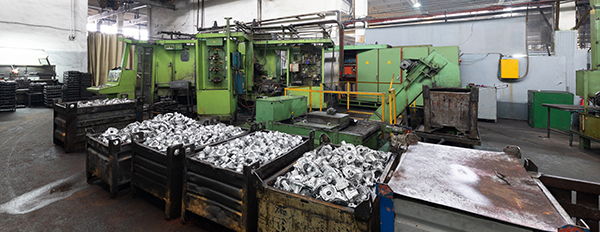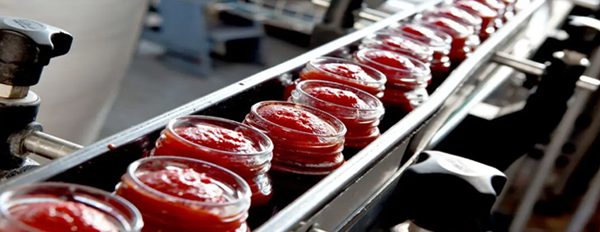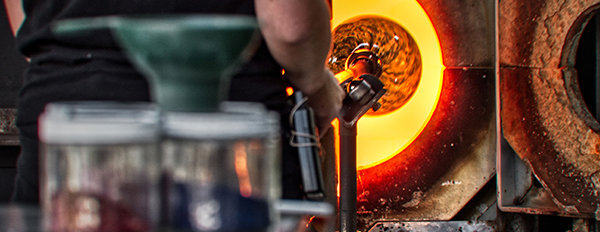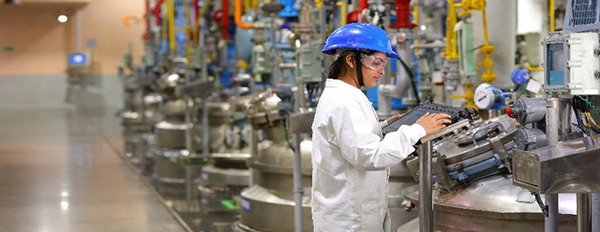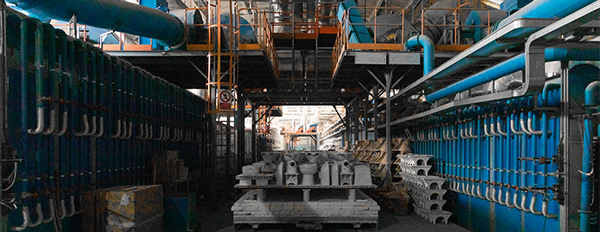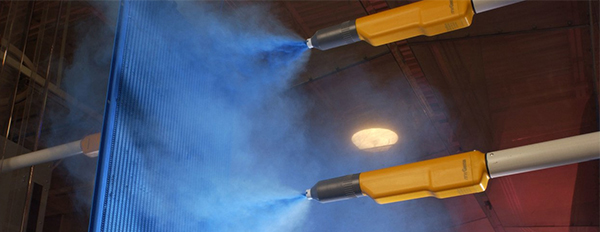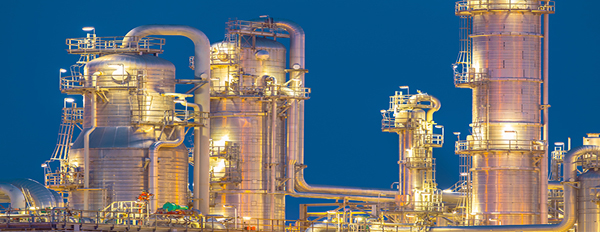Industrial Boiler & Burner Service Maintenance
Check fuel supply and related pipes, tubes, and valves. Perform evaporation tests to ensure proper operation. Check the boiler for leaks, including water, steam, and exhaust gases. Check operating controls to ensure normal functioning.
- Disassembly and inspection of liquid lances and nozzles.
- Maintenance of the burner housing.
- Maintenance of the pilot burner and flame monitors.
- Safety check of the pressure switches with a pressure switch tester.
- Inspection of the safety chain.
- Inspection of the oil station.
WIDE RANGE OF READY STOCK OVER 65000 ITEMS
OUR specialist engineers AND TEAM are qualified to maintain, service and repair a wide range of combustion and plant equipment

